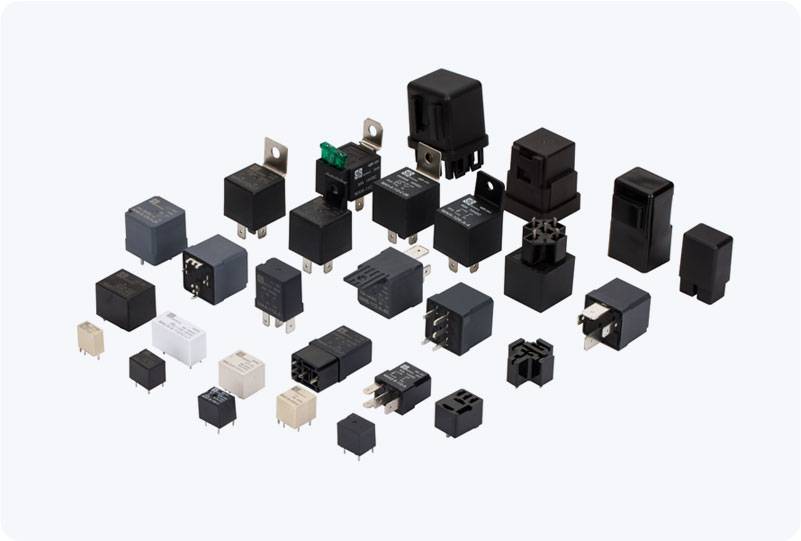understanding high current relay: applications and key features
Release time:2025-10-18 15:54:44
A High Current Relay is a type of electrical relay that is designed to control high-current circuits. Relays are fundamental components in electrical engineering, serving as switches that allow low-power signals to control high-power devices. High Current Relays are specifically engineered to handle larger currents, typically ranging from tens of amps to hundreds of amps, depending on the application. These relays are widely used in industries where electrical systems require heavy-duty control and switching, such as automotive, industrial automation, power distribution, and more.

What is a High Current Relay?
At its core, a High Current Relay is an electromechanical device that opens or closes electrical contacts in response to a small input current. This allows a low-power circuit to control a high-power circuit, providing an essential function in many electrical systems. The primary difference between a High Current Relay and a standard relay is its ability to handle significantly higher currents without damaging the internal components.
High Current Relays typically feature robust contacts made from materials such as silver, which are designed to withstand the wear and tear caused by the high electrical load. Additionally, these relays may include heat-dissipating features such as larger contact surfaces or specialized enclosures to handle the heat generated by the high current.

